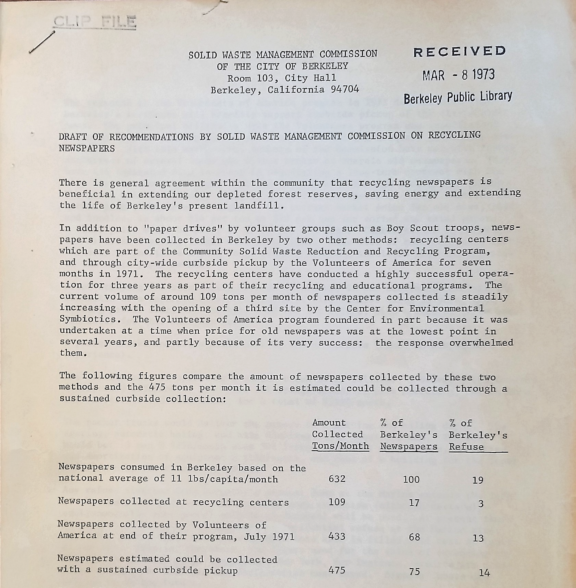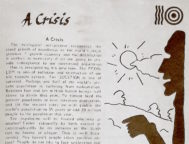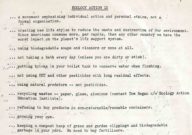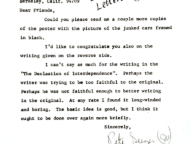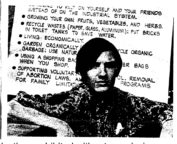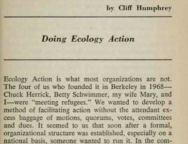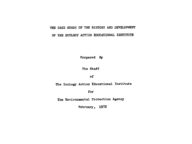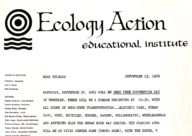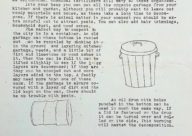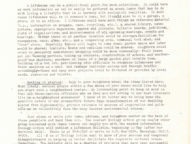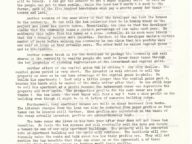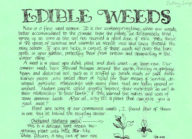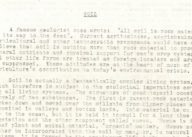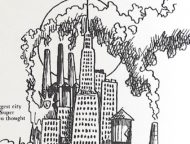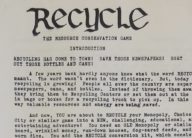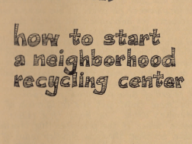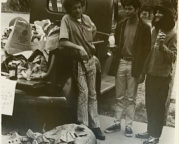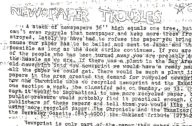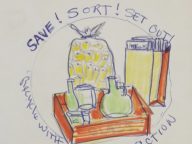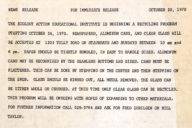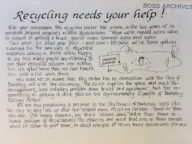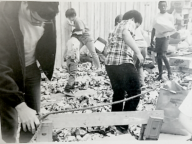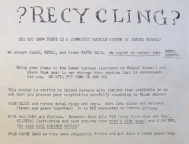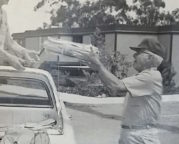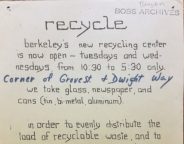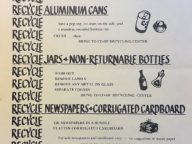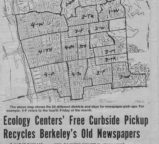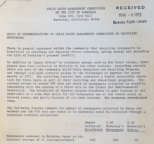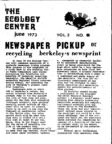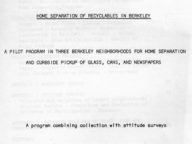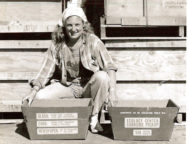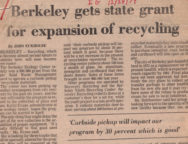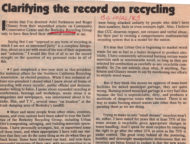This report, written for the City of Berkeley, complicates the story of recycling here by adding more organizations into the mix. While Ecology Action fueled interest in recycling and while those associated with it coordinated a recycling center in central Berkeley, by 1973 there were three recycling centers, one of which was run by Center for Environmental Symbiotics. Additionally, in 1971 the Volunteers of America had run a seven-month experimental citywide curbside pickup of newspapers.
In this document, the Solid Waste Management Commission of Berkeley considers whether to continue a curbside program, and explores the different cost factors, savings and potential return.
Though the Volunteers of America program itself was a failure (the price of paper was too low to generate enough of a return, and they were overwhelmed by the amount of newspapers that people left curbside), the city decided that it was better to set up and coordinate curbside pickup, largely because it could pay for itself and because recycling newspapers outside the city dump would extend the life of the dump.
The report recommends that the city department takes over newspaper recycling or contracts out to “a local, capable group” to substantially cut labor costs.
The report also signals how the city of Berkeley conceived of recycling quite different from activist organizations like Ecology Action. Gone were the considerations of how recycling was the right thing for the environment. This document instead focuses on how recycling can serve as a capital investment.
